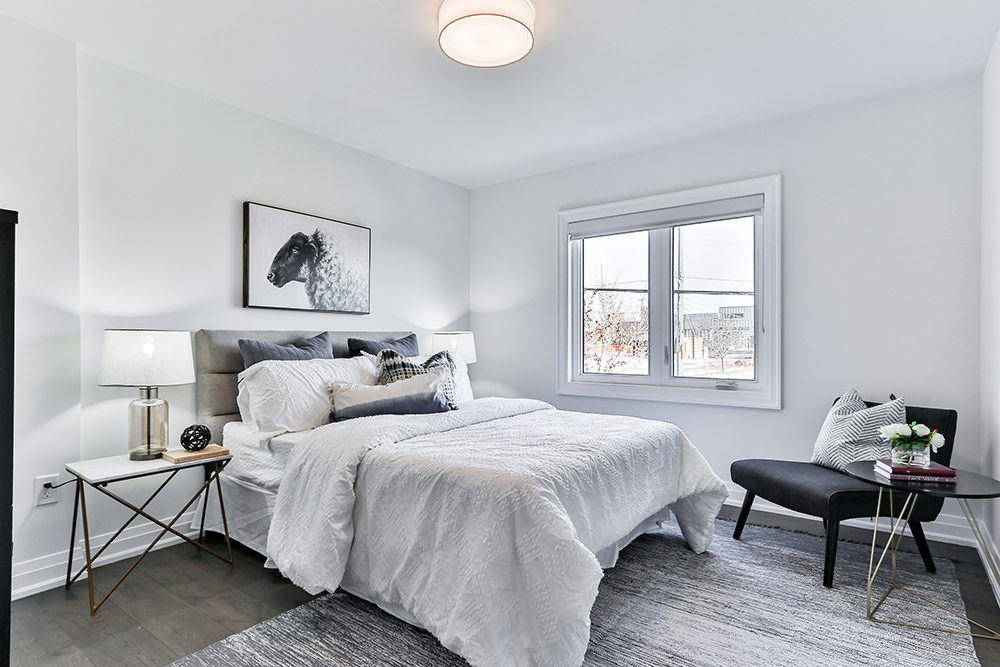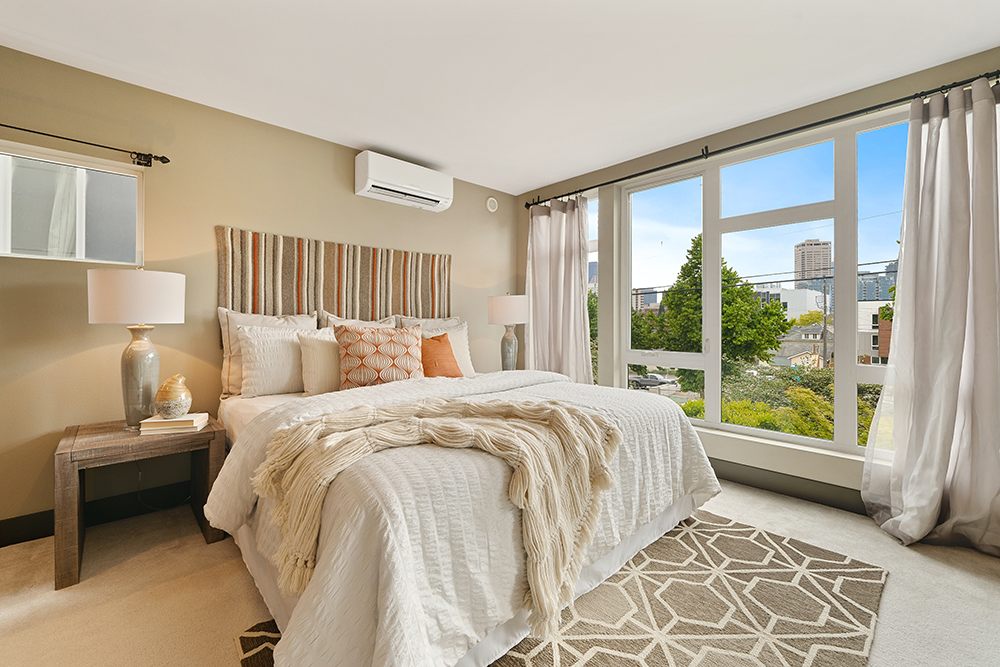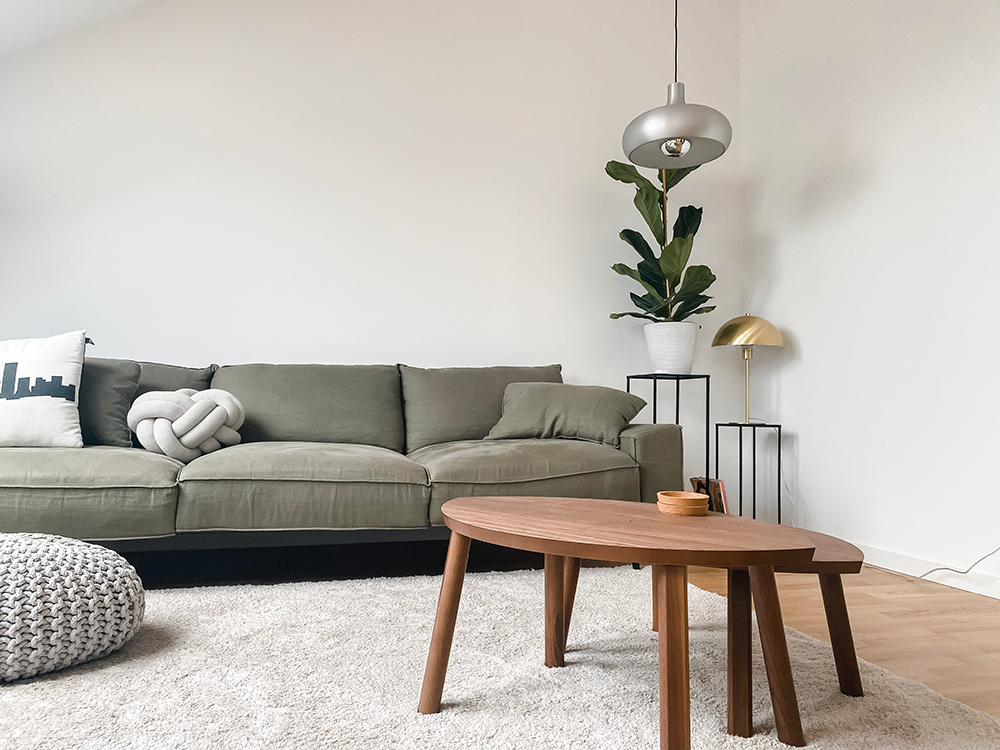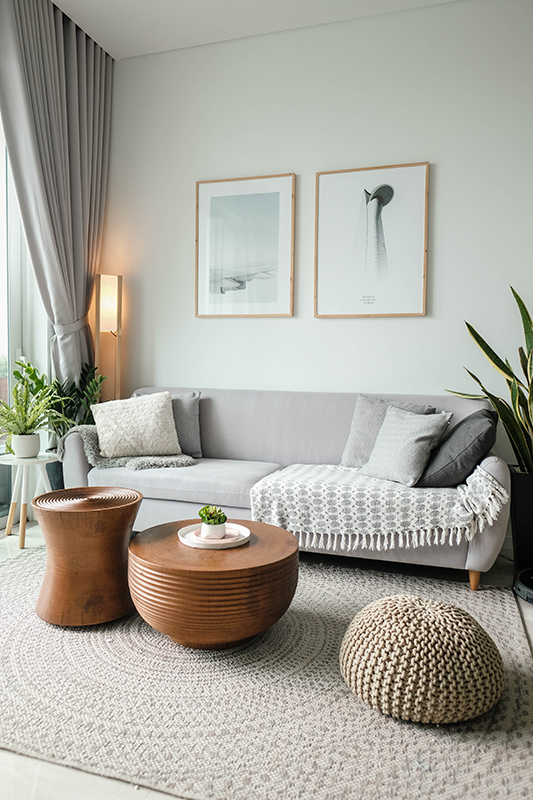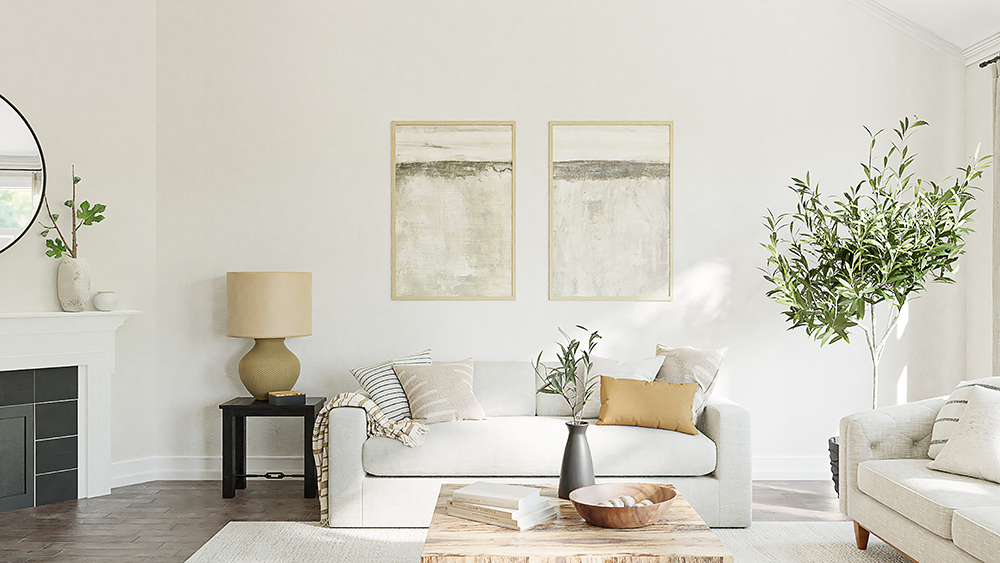The dining room is not only a place where we gather to enjoy meals but also a space where conversations flow and memories are made. To create a warm and inviting ambiance, the right lighting plays a crucial role.
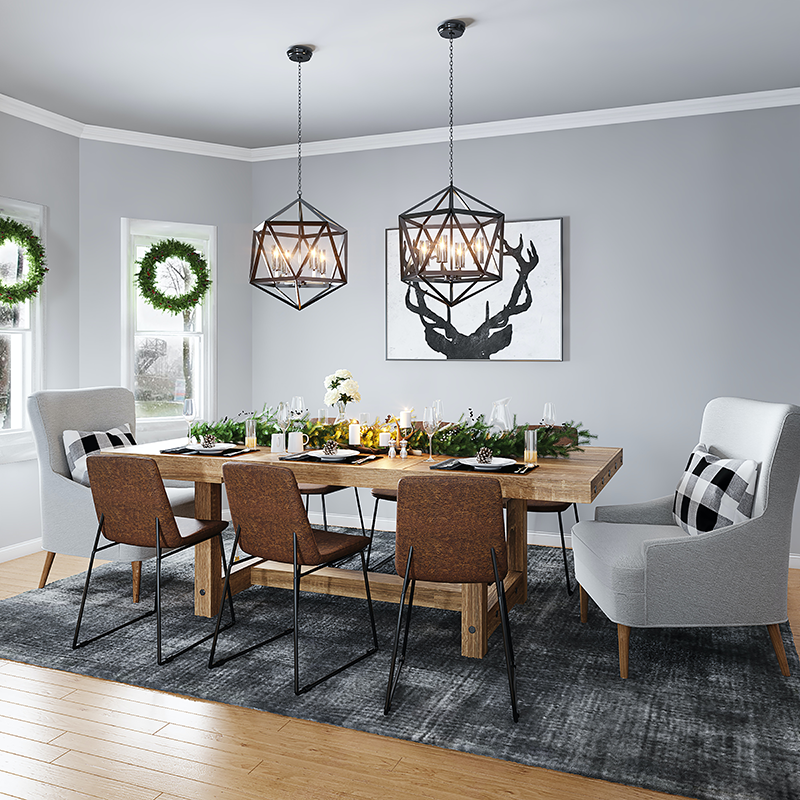 The perfect dining room lighting combines functionality with aesthetics to set the right mood for any occasion. In this blog, we’ll explore some of the best ideas for lighting the dining room, helping you transform it into an enchanting and memorable space.
The perfect dining room lighting combines functionality with aesthetics to set the right mood for any occasion. In this blog, we’ll explore some of the best ideas for lighting the dining room, helping you transform it into an enchanting and memorable space.
-
Pendant Lights: Elegant and Versatile
Pendant lights are a popular choice for dining rooms due to their versatility and stylish appeal. Whether you have a small or large dining table, pendant lights come in various shapes, sizes, and designs to suit any interior. To create a cozy atmosphere, consider using multiple smaller pendant lights in a row or a cluster above the table. For a more dramatic effect, a single oversized pendant can become a captivating focal point.
-
Chandeliers: Classic Elegance
Chandeliers exude timeless elegance and remain a top choice for formal dining rooms. Available in various styles, from traditional to contemporary, chandeliers can complement different interior themes.
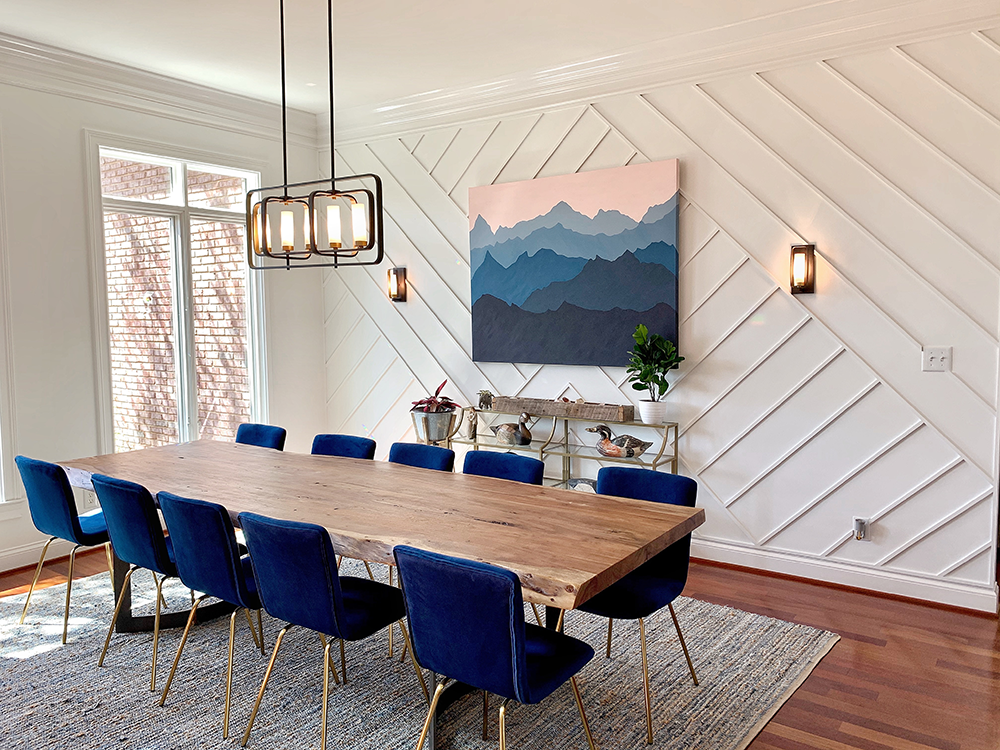
For high ceilings, consider a grand and ornate chandelier that commands attention, while low ceilings can be enhanced with a modern, low-hanging chandelier to maintain a sense of intimacy.
-
Wall Sconces: Subtle Sophistication
Wall sconces are a fantastic addition to any dining room, providing a softer and more diffused light compared to overhead fixtures. They can be placed on either side of a mirror or artwork, adding a touch of sophistication to the space. For a cohesive look, choose wall sconces that complement the style of the main lighting fixture, creating a harmonious balance.
-
Dimmer Switches: Mood Enhancement
Installing dimmer switches is an often overlooked yet incredibly effective way to control the ambiance in your dining room. Dimmers allow you to adjust the light intensity according to the occasion, whether it’s a romantic dinner for two or a lively gathering with friends. The ability to set the mood with the flick of a switch makes dimmers an essential addition to any dining room.
-
Candles and Candle Holders: Natural Warmth
For a more intimate and charming atmosphere, don’t underestimate the power of candles. Candlelight can create a warm and inviting glow that complements any dining room decor. Place candles on the dining table, window sills, or even in wall-mounted candle holders to add a touch of natural warmth and romance to the space.
-
Recessed Lighting: Subtle and Functional
Recessed lighting is an excellent option for modern and minimalist dining rooms. It provides a clean and unobtrusive look while delivering functional lighting to the entire space. Consider positioning the recessed lights strategically to avoid any harsh shadows on the dining table, ensuring a comfortable dining experience for everyone.
-
Statement Floor Lamps: Artistic Flair
If you have a corner or an area in your dining room that could use some additional lighting and a touch of artistic flair, a statement floor lamp might be the perfect solution. Look for floor lamps with unique designs that can serve as conversation starters while offering a soft and pleasant glow.
Conclusion
Choosing the right lighting for your dining room can significantly impact the overall ambiance and dining experience. Whether you opt for the classic elegance of chandeliers, the versatility of pendant lights, the subtlety of wall sconces, or the natural warmth of candles, each lighting option has its own charm. Combine multiple sources of light to create layers of illumination and consider adding dimmer switches for ultimate control. By incorporating these best ideas for lighting your dining room, you’ll transform the space into an inviting and delightful setting for meals, gatherings, and cherished moments with loved ones.


